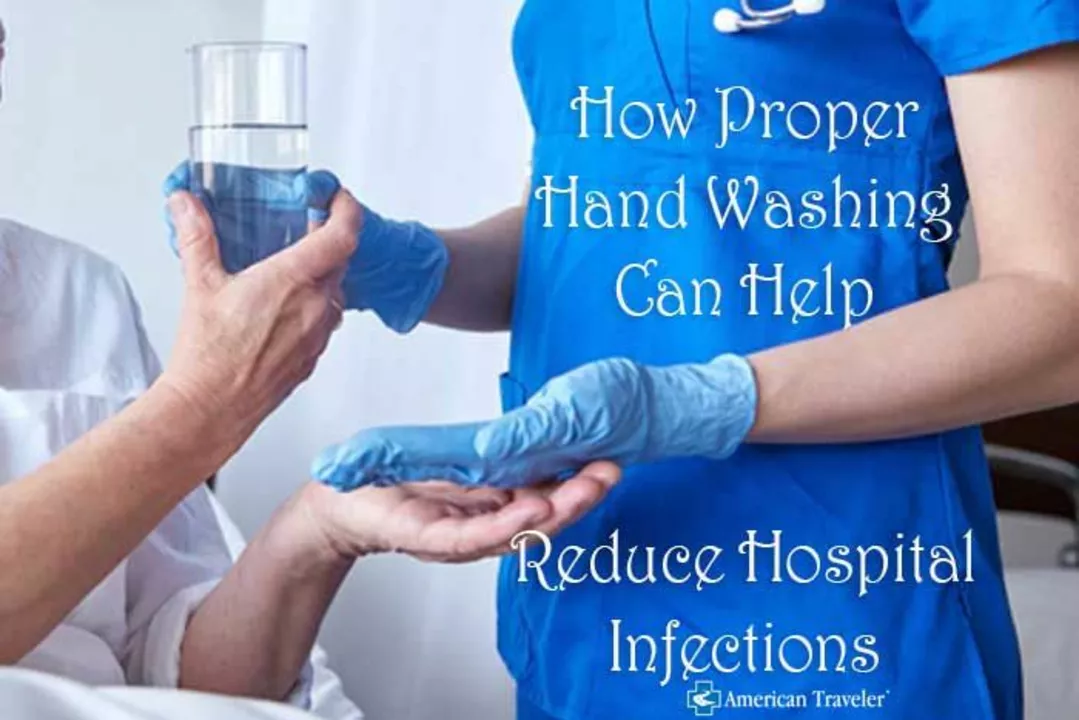Clavulanate: what it is and why it matters
Clavulanate is a beta-lactamase inhibitor often paired with penicillin antibiotics (most commonly amoxicillin). Alone it has little antibacterial power, but when combined it protects the antibiotic from enzymes some bacteria use to break it down. That small addition often turns an ineffective drug into one that can treat stubborn infections like sinusitis, ear infections, and some skin or chest infections.
How it works and common combos
The usual combo you’ll see is amoxicillin-clavulanate — brand names include Augmentin. The clavulanate piece attaches to beta-lactamase enzymes so the amoxicillin can do its job. Different pills come in different ratios (for example 4:1 or 7:1 amoxicillin to clavulanate) and different strengths for adults and kids. There are tablets, chewables, and liquid suspensions — follow the exact product and dose your prescriber gave you.
What to expect: side effects and safety
Expect common side effects like diarrhea, nausea, and sometimes a yeast infection after or during treatment. These happen because the antibiotic changes the balance of bacteria in your gut. Serious liver injury is rare but possible — watch for yellowing skin, dark urine, or severe stomach pain and tell your doctor right away.
If you’re allergic to penicillin, don’t take amoxicillin-clavulanate — clavulanate won’t fix a penicillin allergy. Also tell your prescriber if you take blood thinners (like warfarin), have liver disease, or are pregnant or breastfeeding; dose changes or monitoring may be needed.
Finish the full course even if you feel better, unless your doctor tells you otherwise. Stopping early can let bacteria recover and become resistant. Don’t use antibiotics for viral illnesses like colds or flu — that only fuels resistance and causes avoidable side effects.
Store liquid forms in the fridge if the label says so, and shake well before dosing. Keep all antibiotics out of reach of kids.
Buying meds online? Buy only from licensed pharmacies that require a prescription and show clear contact info. Counterfeit or low-quality antibiotics can be ineffective and dangerous.
If symptoms get worse after starting treatment — higher fever, spreading redness, breathing trouble, or severe diarrhea — seek medical attention fast. Your doctor may need to change the antibiotic or run tests to find the right drug.
Short takeaways: clavulanate extends the reach of penicillins against resistant bacteria, it comes mostly with amoxicillin, expect GI side effects, don’t use it if you have penicillin allergy, and always follow your prescriber’s instructions.
The role of clavulanate in treating hospital-acquired infections
As a blogger, I've recently come across the significant role of clavulanate in treating hospital-acquired infections. Clavulanate is a powerful beta-lactamase inhibitor that is often combined with antibiotics like amoxicillin to increase their effectiveness against resistant bacteria. This combination helps to overcome the problem of antibiotic resistance in many hospital-acquired infections, including pneumonia and urinary tract infections. Additionally, clavulanate offers a broad-spectrum solution, effectively treating a wide variety of bacterial infections. It's truly fascinating how this mighty compound has become an essential weapon in our ongoing battle against antibiotic resistance in hospitals.

